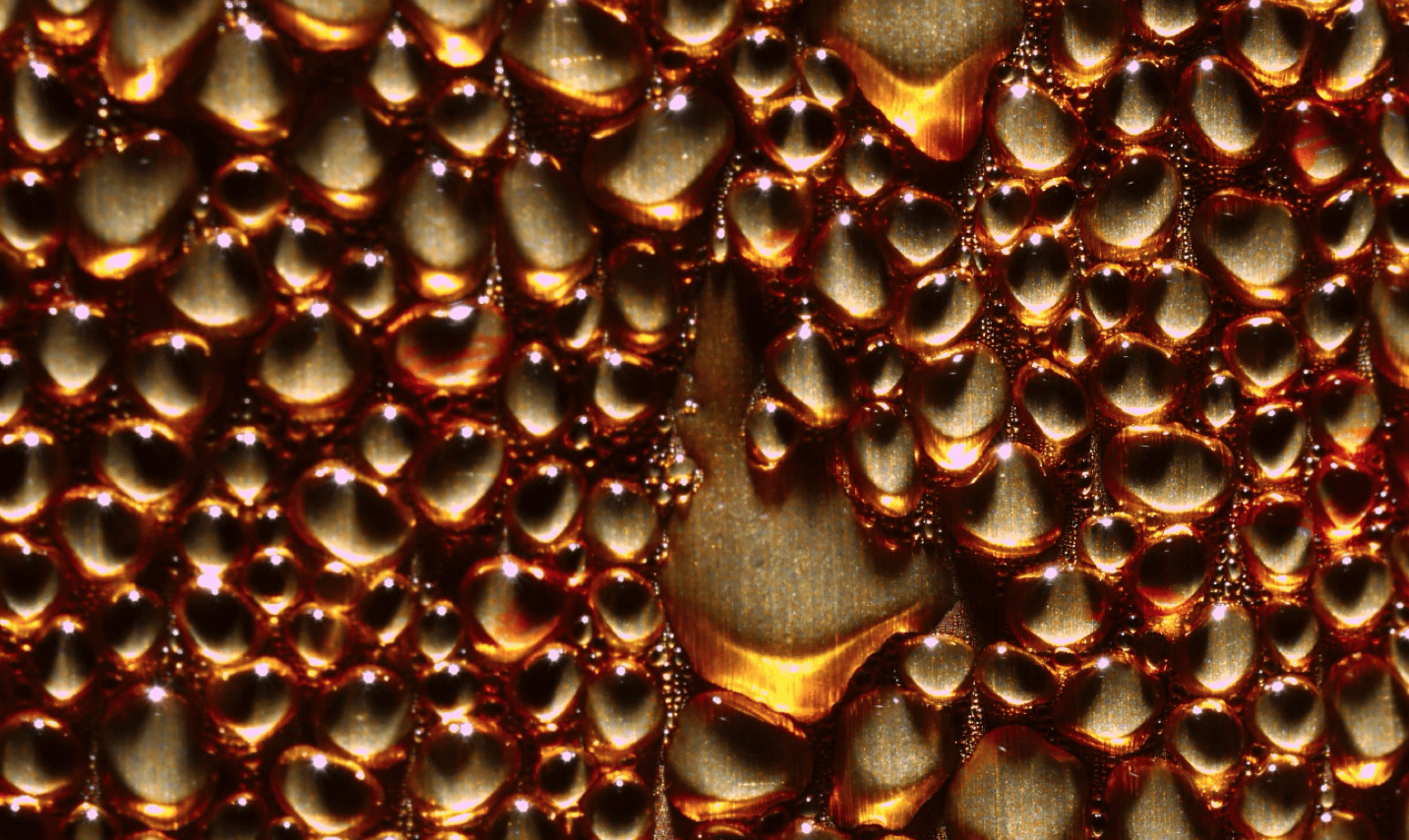In today’s blog, we are bringing to your attention a soft robot hand that is capable of SWEATING!
Why the need for a robot hand with these characteristics? The reason is simple: if a robot operates for a long period of time, overheating might occur, leading to reduced performance. In order to prevent overheating, this three-fingered gripper borrowed one of the important human characteristics: the sweat glands.
Humans stay cool by sweating…
…and, from now on, robots can also sweat to keep themselves cool!
According to the material scientist T.J. Walling, the ability to sweat is an outstanding human characteristic and, despite the fact that humans have never been the fastest animals, they have always been successful as tenacious hunters. And this is due mainly to our ability to maintain our bodies cool by sweating and physically exhaust the prey.
How does the gripper work?
In order to better understand the gripper’s characteristics and get a more accurate view of the way robotic arms function and the flexible robot arm components, you can check out Rozum Robotics’ website.
Now it’s time to get technical: inside the gripper’s fingers have been placed pressurized reservoirs full of water. These reservoirs have been linked to the surface via channels made of a special type of plastic that reacts to heat. When a specific temperature is reached, the pores open. At this point, the water from the reservoirs is pushed towards the surface where it evaporates, generating a highly efficient cooling effect. The robotic hand has already undergone testing by gripping various hot objects.
The full article can be found in Science Robotics.
Is it possible for sweating robots to operate autonomously?
According to PROF. Robert Shepherd, co-author of this research, the gripper can be considered a basic building block for enduring and flexible robots. Shepherd also underlined the dual purpose sweat glands might acquire in the future: release water for cooling and sucking up liquids from the robot’s surrounding for further analysis.
Why is sweating such an efficient cooling solution?
Many robots are made of metal. And metal is a great conductor, allowing heat to disperse by itself. However, soft robots (i.e. robots designed to perform more delicate tasks such as precise medical procedures, etc.) are made of rubber, which is a good insulator that prevents heat from dispersing. Since soft robots are becoming more and more commonplace, it was necessary to find a solution to overheating.
Though other environmental cooling solutions (e.g. fans) can be used, endowing robots with sweat glands allows us to cool them below the surrounding temperature. And there is another notable advantage: robots can keep themselves cool and operate autonomously in environments where it is impossible to use external cooling devices. According to the gripper’s developers, we are talking about an essential feature for robots thought out to operate untethered.
Are there any disadvantages?
Of course there are. And one of them is replacing the used liquid. Humans drink to replenish their liquid supply. So robots will need a solution for this problem too. However, the biggest problem would be the performance issues caused by sweating. By lubricating the gripper’s fingers, sweating would reduce friction. Can slippery hands be considered safe? Not in the medical field, for sure.
In an attempt to solve this problem, scientists have modelled the temperature range that ensures the grippers’ best performance and made the robot sweat sparingly to stay in that zone.


